Mabel's Dramatic Career (1913) Online
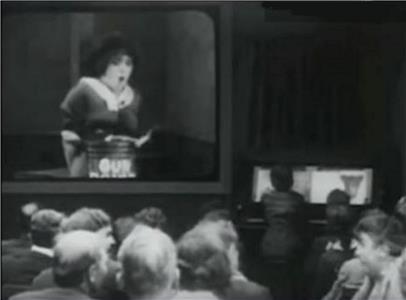
A young man falls in love with his mother's kitchen maid, Mabel. But his mother objects strongly, and arranges for him to meet another young woman whom she considers more suitable. Mabel confronts the young woman, and is dismissed from her position. Later, when the young man learns about the new career that Mabel has found, he begins to act in an agitated and unpredictable manner.
| Cast overview: | |||
| Mabel Normand | - | Mabel, the Kitchen Maid | |
| Mack Sennett | - | Mack - Mabel's Sweetheart | |
| Alice Davenport | - | Mack's Mother | |
| Virginia Kirtley | - | City Girl - Mabel's Rival | |
| Charles Avery | - | Farmer / Movie Crewman | |
| Ford Sterling | - | Actor / Onscreen Villain | |
| Roscoe 'Fatty' Arbuckle | - | Man in Audience | |
| Billy Jacobs | - | Mabel's Son (as Paul Jacobs) | |
| Charles Inslee | - | Film Director | |
| Dave Anderson | - | Driver / Man in Audience |

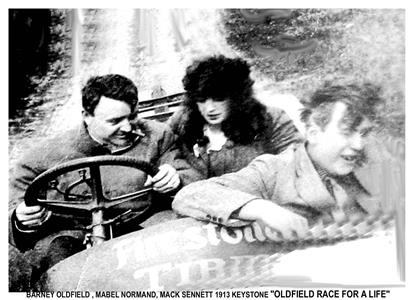

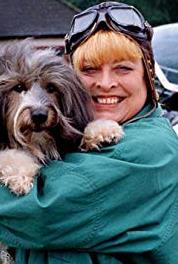
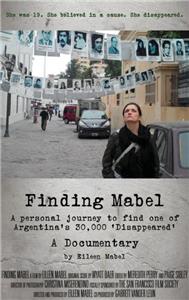
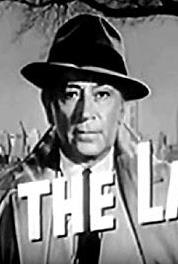
User reviews